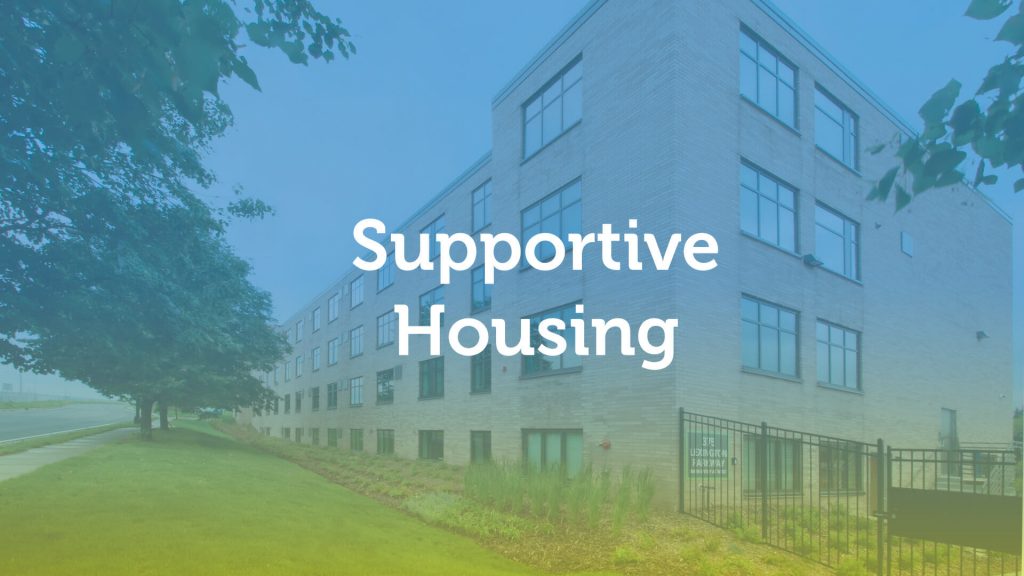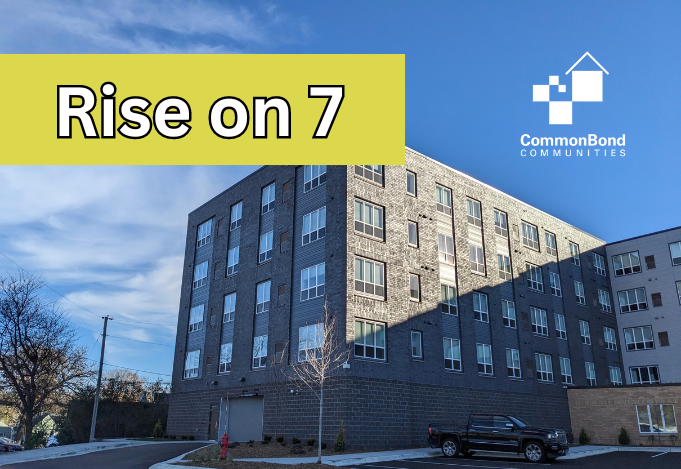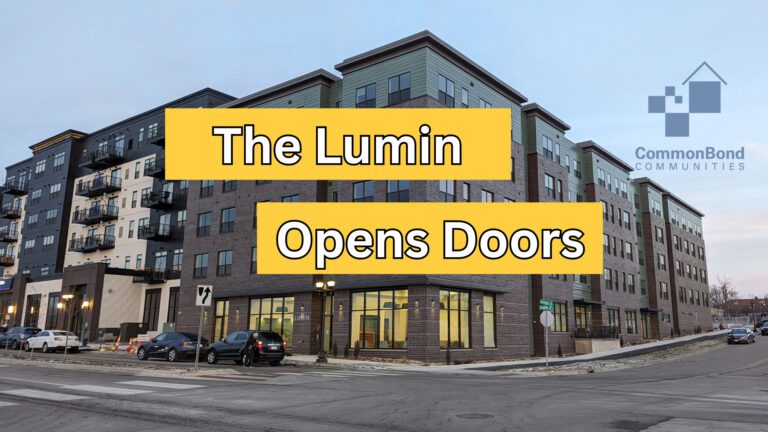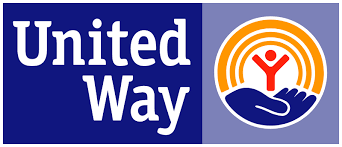A question we hear a lot is, “where does CommonBond fit into ending homelessness?” And the answer lies in our mission and belief that a home is the foundation for everything else in life. While we don’t offer emergency shelter like many organizations focusing on homelessness, affordable housing is fundamentally part of the equation.
At CommonBond, our work is driven by the belief that all people should have access to a safe, affordable home. For 50 years, we’ve been working to make this a reality through a comprehensive approach: providing quality, stable housing that’s affordable to people with low incomes, as well as onsite support services for residents. For those who follow our work, you’re likely familiar with this model and have heard us talk about the incredible impacts of providing support services right where folks live.
But more specifically, one facet of our work includes providing housing and support services specifically for people transitioning out of short- or long-term homelessness—also known as supportive housing. Supportive housing combines safe, quality affordable housing with voluntary, but extensive, support services designed to help previously unhoused individuals or families find and maintain stability. Permanent supportive housing is a critical part of the housing continuum, as research shows it to be an effective strategy in reducing homelessness and increasing housing stability.
In approaching this work, it’s important to remember that nearly two-thirds of Americans say that they’ve been living paycheck to paycheck since the pandemic began affecting our communities a year ago. All it takes is one health diagnosis, one car accident, one pandemic to uproot you out of a comfortable life and into one of experiencing homelessness. So in the end, homelessness is not a judgment of one’s character, but rather a look into a reality too many of us have the potential to experience.
So, how does supportive housing fit into the work we do on a practical level?
First and foremost, CommonBond provides homes to nearly 13,000 residents across the affordability spectrum, and roughly 300 apartment homes are part of our Permanent Supportive Housing program specifically dedicated to people exiting homelessness. In terms of how this work integrates into our properties, it can take a couple of forms. Within a number of our housing communities, 5–10 specific units are designated as supportive housing units. We also have properties, like our Upper Post Veteran’s Community, that are entirely dedicated to serving folks who have been at imminent risk of homelessness or have experienced homelessness themselves.
On the resident services side, supportive housing services differ slightly from our Advantage Services—which we offer to all residents at CommonBond properties—in that they typically involve a deeper level of support. It includes intensive, on-the-ground work, like meeting folks in parks to fill out paperwork, or coaching them in navigating highly complex systems when trying to exit homelessness. When people move into a supportive housing unit, our team makes intentional efforts to provide education around being a resident and their responsibilities with that. As former Supportive Housing Regional Manager Annie McCabe said, “Part of building vibrant communities is also working with residents to help them learn how to be part of a new community.”
Once the foundational need of housing is met, Supportive Housing Coordinators are there to help residents meet other goals—such as increasing their income, building their credit score, or connecting to resources to start their own business, for example. Residents who work with our supportive housing team have emphasized how transformative it is to have a support system of folks onsite to help them meet their goals and who are willing to be a listening ear.
We are deeply dedicated to helping folks overcome barriers to becoming stably housed. In sharing our work, we hope it shifts the way people think about barriers in general: people are not barriers; barriers are the hoops we make people jump through to get what they need. It’s so important to remember that for folks who are struggling or exiting homelessness, the sheer number and complexity of these hoops can make the road to stability feel endless. It’s clear that for many people—often due to a variety of systemic factors—the path to housing stability isn’t possible on one’s own. Instead, by meeting folks where they are, and offering some support, we believe everyone can thrive.










